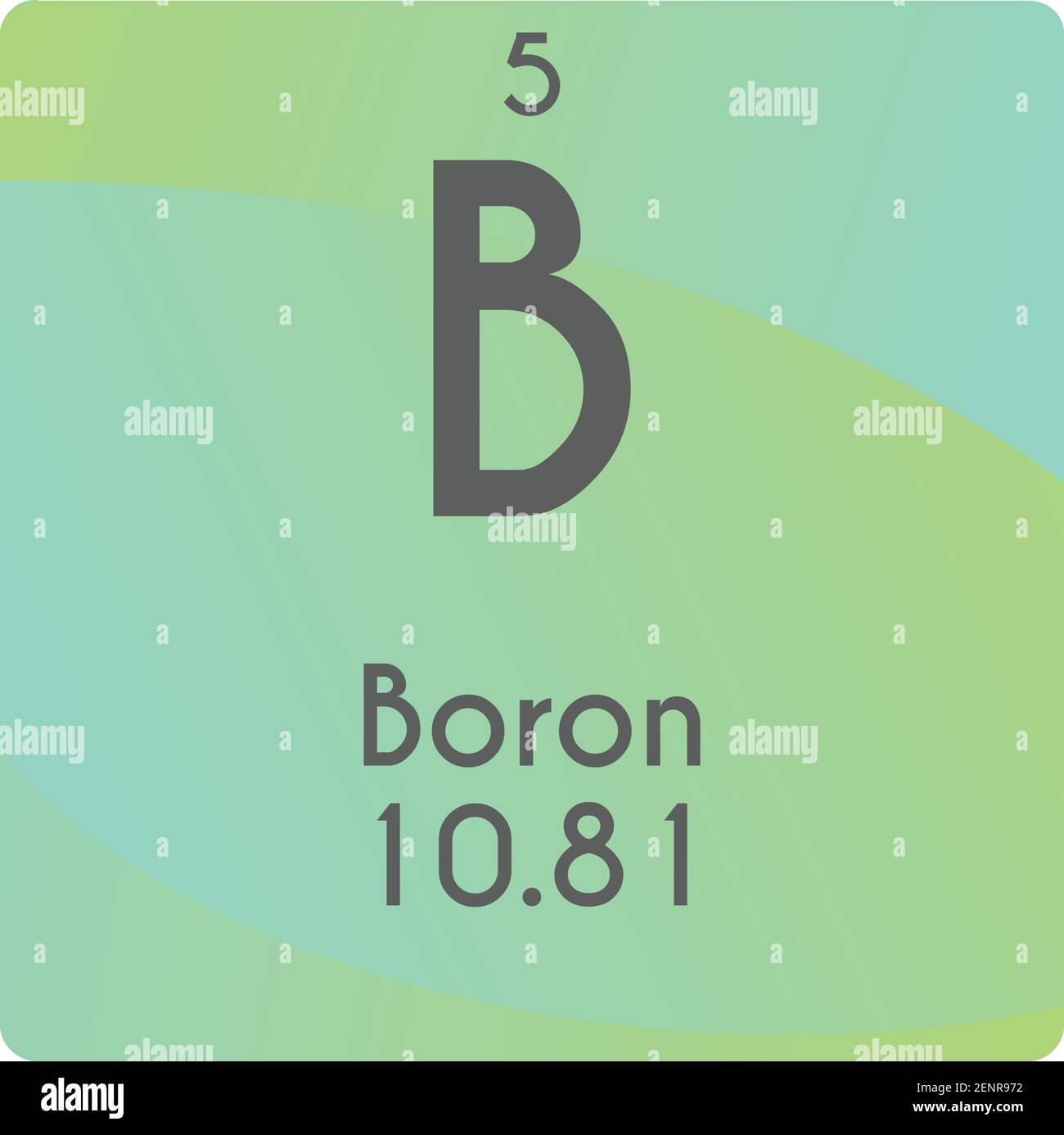What part of the plant is responsible for photosynthesis?
Leaves
The green pigment in plants that absorbs light energy for photosynthesis is called ____.
Chlorophyll
**Multiple Choice:** Which of the following is a producer in a food chain?
- A) Deer
- B) Grass
- C) Lion
- D) Eagle
Grass
What is the smallest unit of matter that retains the properties of an element?
ATom
Which particle in an atom has a positive charge?
Proton
Describe the function of the roots in a plant.
Roots anchor the plant in the soil, absorb water and nutrients from the soil, and sometimes store food.
What is the main purpose of flowers in plants?
To attract pollinators for reproduction.
In an ecosystem, the living components are known as __________ factors, and the non-living components are known as __________ factors.
Biotic. Abiotic.
The outermost shell of an atom that contains electrons is called the __________.
Valence shell
How many electrons can the first energy level (shell) of an atom hold?
2
What is photosynthesis?
Photosynthesis is the process by which plants produce oxygen and glucose from carbon dioxide and water using sunlight.
What are stomates? Why are they important?
Stomates are openings in the leaf that let gases in and out. They let carbon dioxide in and release oxygen and water in the process of photosynthesis.
What is the difference between producer, primary consumers and secondary consumers?
Producers are organisms that can make their own food using sunlight (through photosynthesis).
Primary consumers are organisms that eat producers (plants and algae). They are the first level of consumers in a food chain.- **Examples:** Rabbits, deer, grasshoppers, and some fish.
Secondary consumers are organisms that eat primary consumers. They can be carnivores (eating only animals) or omnivores (eating both plants and animals).
What are atoms made up of?
Atoms are made up of smaller particles called protons, neutrons, and electrons.
What is the periodic table?
A chart that lists all known elements arranged by atomic number
A) Anther
- B) Stigma
- C) Sepal
- D) Petal
1. Usually colorful, attracts pollinators
2. Produces pollen
3. Protects the bud before it opens
4. Receives pollen during fertilization
- A) Anther - 2. Produces pollen
- B) Stigma - 4. Receives pollen during fertilization
- C) Sepal - 3. Protects the bud before it opens
- D) Petal - 1. Usually colorful, attracts pollinators
The process by which water evaporates from the leaves of plants is called ____.
Transpiration
What is an ecosystem?
An ecosystem is a community of living organisms (plants, animals, and microorganisms) interacting with one another and with their non-living environment (such as water, air, soil, and climate). These interactions form a complex and interconnected web that allows the ecosystem to function and sustain life.
Examples of ecosystems include forests, ponds, deserts, grasslands, and coral reefs.
*Matching:** Match the following elements with their symbols:
- A) Carbon
- B) Sodium
- C) Helium
- D) Calcium
1. Ca
2. Na
3. C
4. He
A) Carbon - 3. C
- B) Sodium - 2. Na
- C) Helium - 4. He
- D) Calcium - 1. Ca
What is the importance of the valence shell in chemical bonding?
the valence shell is important in chemical bonding because it contains the valence electrons, which are the electrons involved in forming bonds with other atoms. Atoms bond to achieve a full valence shell, which makes them more stable.
what structure of a plant carries water and nutrients upwards from the roots to other parts of the plant?
xylem
What structure of a plant carries sugar away from the leaves to the rest of the plant?
Phloem
Explain the difference between a food chain and a food web.
A food chain is a linear sequence showing how energy and nutrients flow from one organism to another. A food web is a more complex network of interconnected food chains in an ecosystem, showing how various organisms are connected through multiple feeding
What pattern is the periodic table organized by?
Going up or down a column, elements are organized into groups which have similar chemical properties. the elements present in a group at the column have a similar number of outer electrons, and rows are arranged from top to bottom and from left to right in increasing atomic number order.

identify the parts of the element